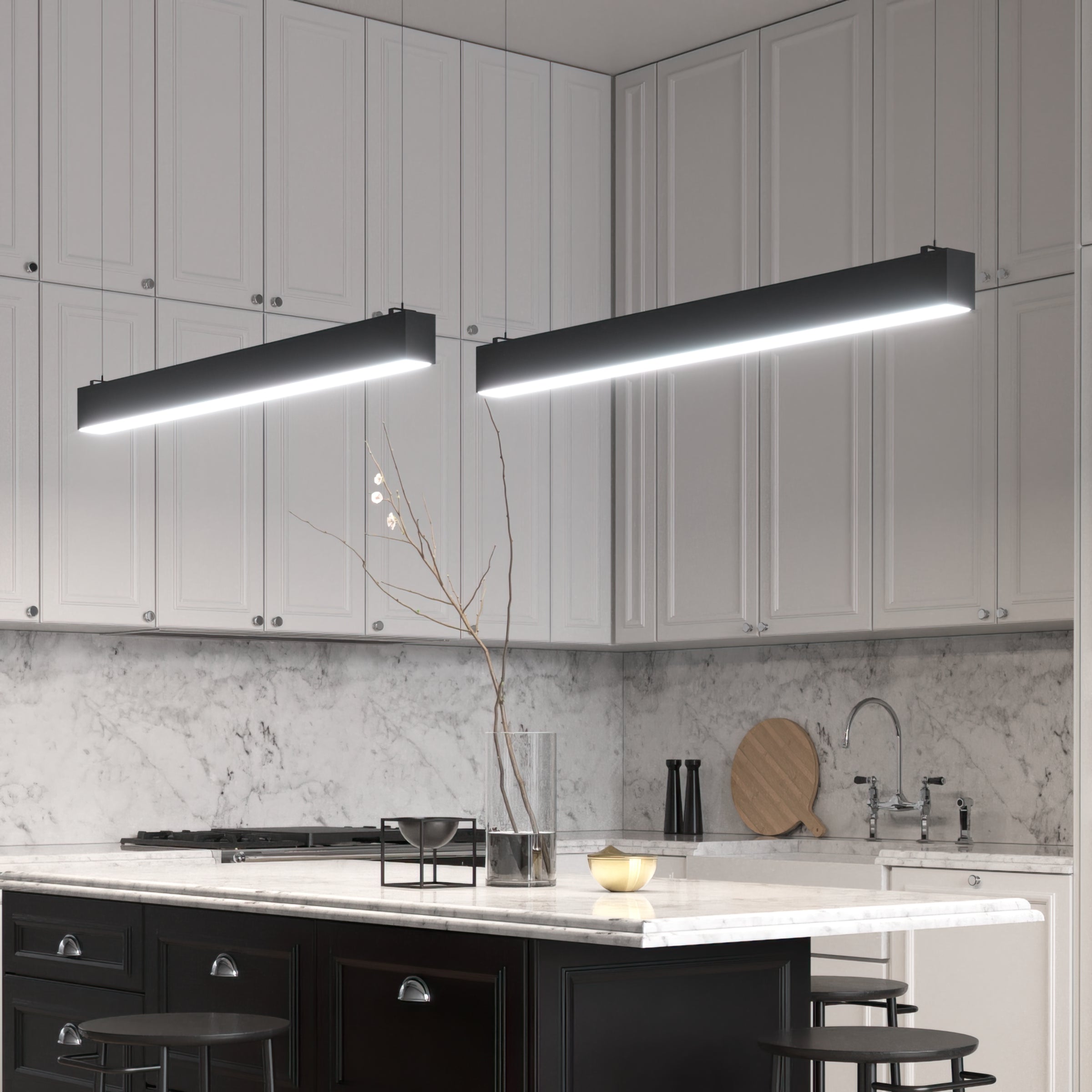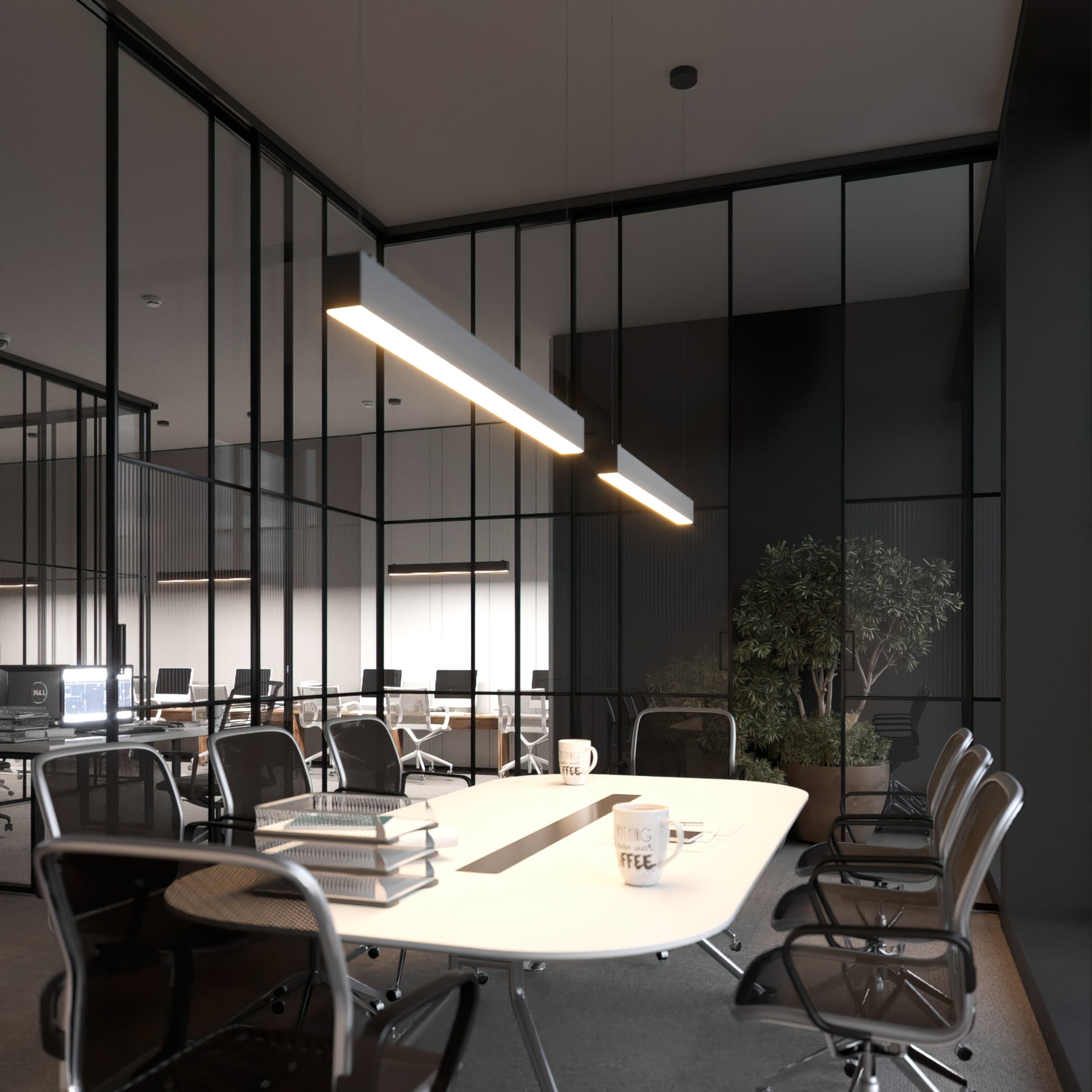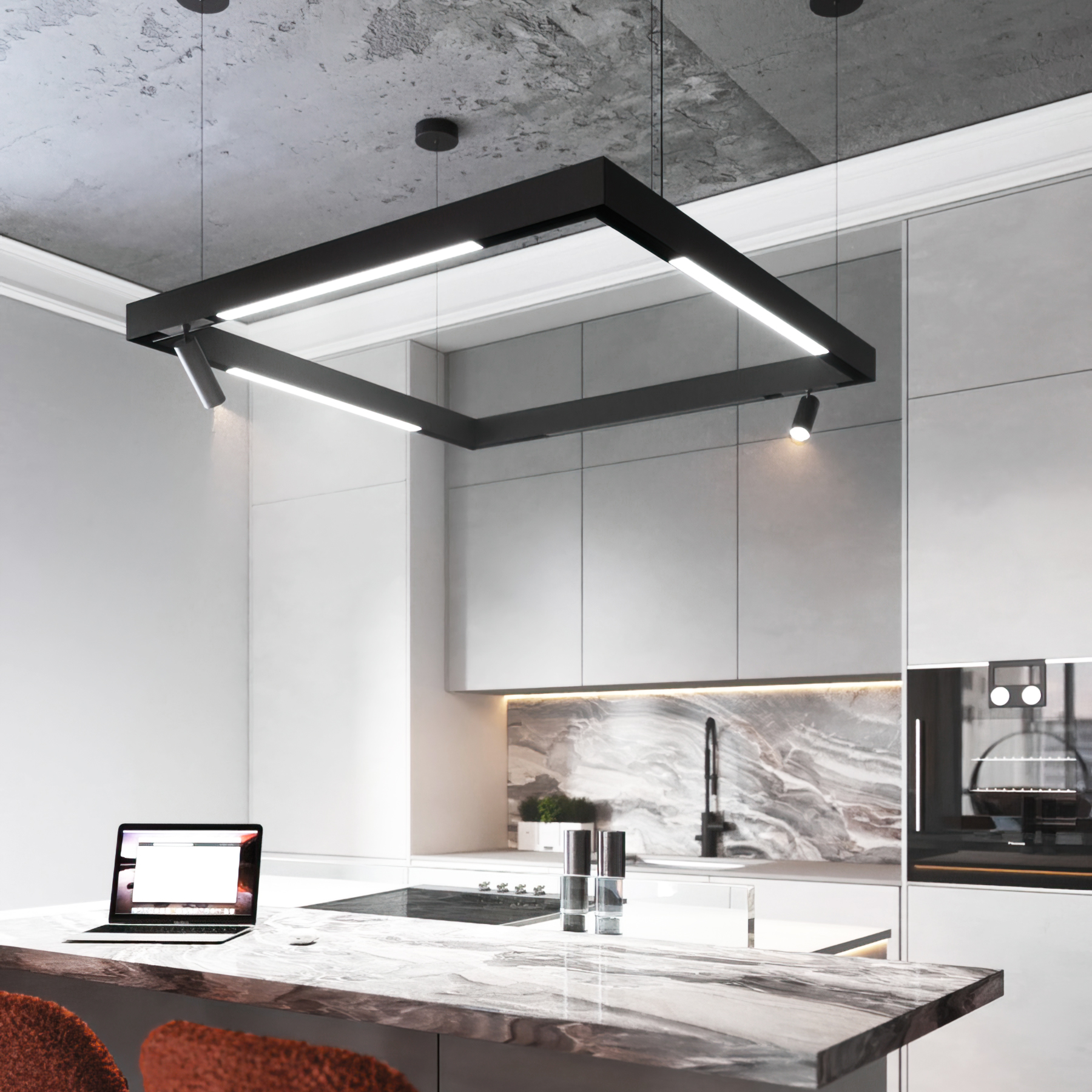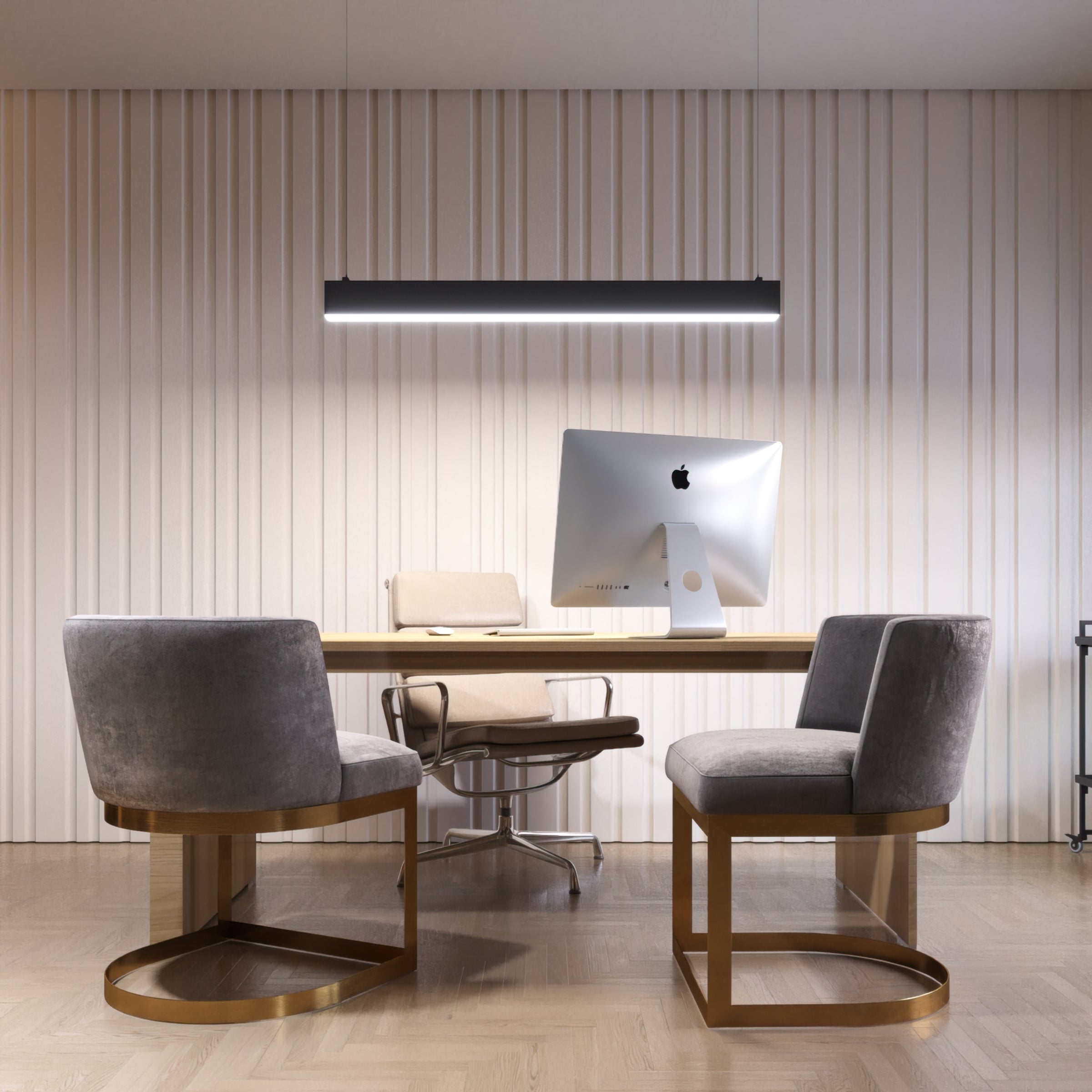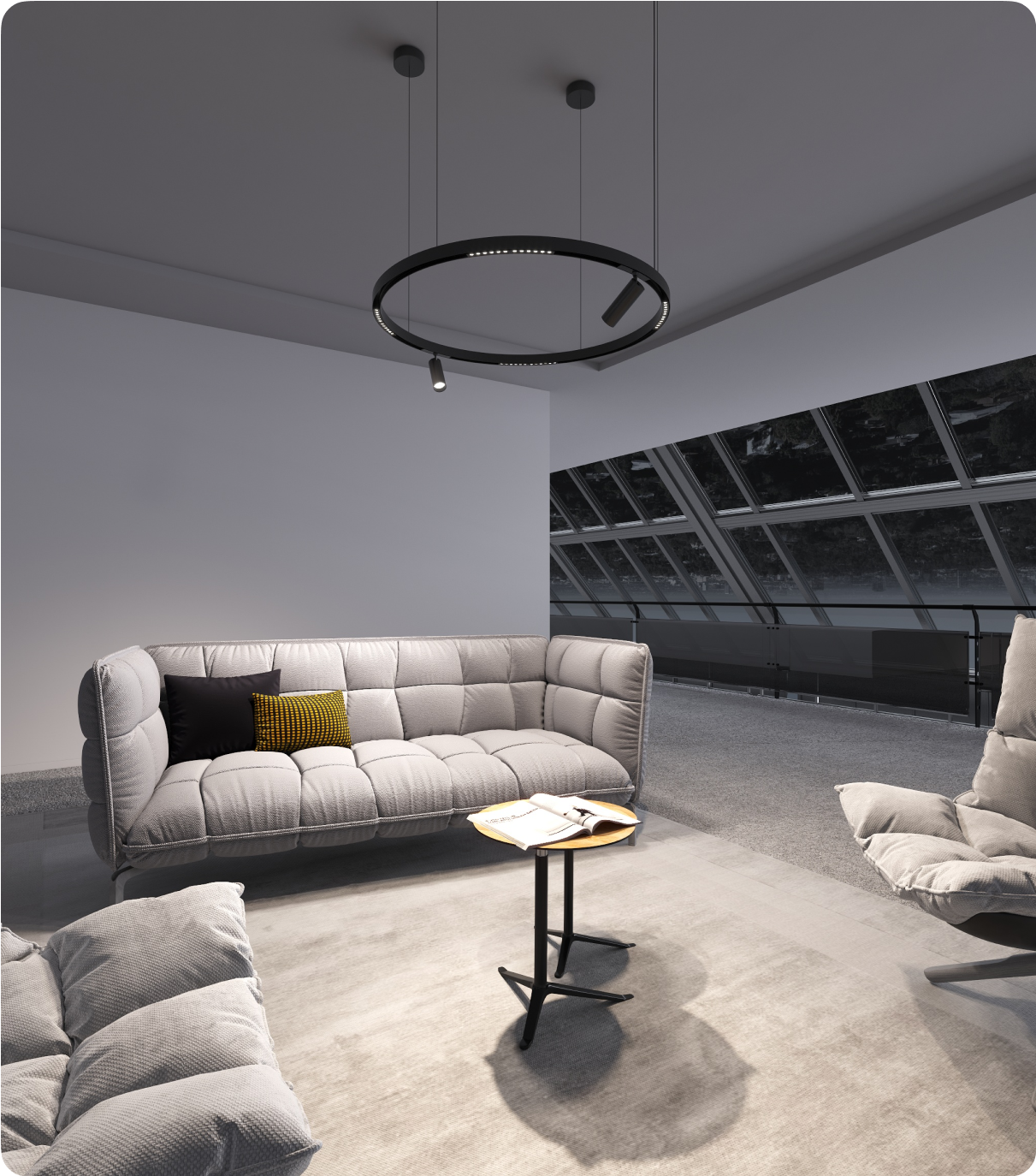Lighting is a crucial aspect of laboratory design that is often overlooked. Proper lighting can make laboratory work easier and more efficient, while improper lighting can lead to discomfort, eye strain, and even safety hazards. In this blog post, we will explore the importance of appropriate lighting in laboratories and provide recommendations for selecting and implementing the right lighting solutions for your laboratory needs. Whether you are designing a new laboratory or looking to improve the laboratory lighting fixtures in an existing one, this post will provide you with the knowledge you need to create a safe and efficient work environment.
Types of Laboratory Lighting
Light-Emitting Diodes
LED lighting is an excellent choice for laboratories due to several benefits it offers:
- LED lighting is highly durable and has a long lifespan, which makes it a cost-effective option for labs.
- It provides consistent brightness throughout its lifespan, which is essential for labs that require high precision and accuracy, such as pathology labs.
- Lab lighting is the safest option available as it does not emit any toxic chemicals, and it does not cause discomfort or damage to the eyes.
- It enhances productivity, energy, and alertness levels, making it an ideal choice for labs where concentration is key. In addition to these benefits, LED lighting is energy-efficient and cost-effective, which can help reduce energy bills. It also does not require a warm-up time, and it operates at cooler temperatures, which is beneficial in labs with temperature-sensitive equipment.
- LED chips are small and can provide compact illumination, which is highly beneficial in tight areas.
All these benefits make LED lighting the perfect choice for laboratories looking for an efficient, cost-effective, and safe lighting option.
Halogen Light
Halogen bulbs contain a tungsten filament similar to incandescent bulbs, but they are also filled with halogen gas. When the bulb is lit, the tungsten evaporates into the gas, which produces the bulb's illumination. The halogen gas then carries the evaporated tungsten particles back to the filament, where they are re-deposited. This results in lower energy use for the bulb. Halogen lighting has several benefits, including being 10-20% more energy-efficient than incandescent bulbs, starting instantly without a warm-up time, being fully dimmable, and producing a bright, clear, and crisp light.
Compact Fluorescent Light
Compact Fluorescent Lights (CFLs) contain mercury gas that produces UV light when in contact with electricity. This UV light then interacts with the white coating inside the bulb to create visible light. CFLs have a lifespan of eight to ten times longer than incandescent bulbs, use 75% less energy, and can fit most light fixtures. However, if the lab lights are frequently turned on and off in short intervals, it's best to avoid CFLs since this can reduce their lifespan. Though they are inexpensive, their short lifespan means they'll need to be replaced frequently, which can become costly.
What Should Laboratory Lighting Be?
General Recessed Lighting
The main source of lighting in laboratories is general lab light, which is typically placed overhead. While there are various types of fixtures to choose from, recessed fixtures placed directly inside the ceiling are the best option, as they help eliminate shadows that may hinder productivity. This type of lighting is also easy to clean and can be either compact fluorescent or LED, providing options for the best solution to suit the location.
Easy Cleaning
For effective cleaning of light fixtures in the laboratory, it is important to follow a series of steps. Firstly, it is recommended to use open-topped light bulbs as they collect less dust compared to closed-top light bulbs. This will ensure that the light fixtures remain clean for a longer period of time, reducing the need for frequent cleaning. Secondly, when cleaning the light fixtures, it is important to use a feather duster or a lint-free cloth. These tools will help to remove any dust or debris that may have accumulated on the light fixtures. It is important to note that cleaning sprays or agents should not be used as they can cause a short circuit or a fire hazard. If you notice any damage or malfunction of the light fixtures during the cleaning process, it is important to immediately report it to the maintenance team to ensure its proper repair or replacement.
Appropriate Location
Whenever possible, position the lab workstations with the light source above or in front of the worker to avoid monitor glare caused by the light source behind the workstation. Consider the positioning of windows for natural light. Use a desk lamp to provide focused lighting for detailed experiments or measurements.
Color Temperature
In laboratory settings, it's important to consider the color temperature of lab lamps. Cooler temperatures with a higher Color Rendering Index (CRI) are recommended for proper color rendering of objects being studied. It's also important to maintain consistency in color temperature throughout the entire space to avoid jarring differences between task lighting and general lighting.
Why is the Right Lab Lighting Important?
Proper lighting is crucial for laboratories as it helps regulate our internal body clock and keeps us energized and alert. It's important to ensure that all laboratories, whether in research, industrial, or school settings, receive sufficient levels of light. The majority of labs adopt carefully designed lighting plans to facilitate demanding tasks like sampling and analysis. In this post, we will explore the importance of appropriate lighting in laboratories and provide recommendations for selecting and implementing the right lighting solutions for your laboratory needs. Whether you're designing a new laboratory or looking to improve the lighting in an existing one, this post will provide you with the knowledge you need to create a safe and efficient work environment.
Minimize the Risk of Mistakes
Proper lighting in a science laboratory can minimize the chance of errors during experiments, as it enables researchers to clearly read and follow instructions and complete each step accurately. This ultimately increases the likelihood of obtaining repeatable and accurate results.
Improve Results
In a well-lit room, it's easier to accurately read results, especially when looking for subtle changes in color or pattern. If the results are difficult to decipher, the research becomes redundant and cannot be used to further understand scientific implications. Visually demanding laboratory tasks require some of the highest recommended light levels in buildings. General laboratory lighting should have an illumination level of 500 lux, which requires low-glare and shadow-free lighting conditions.
Boost Communication
Clear communication is essential in a science laboratory, as it allows for the sharing of ideas and instructions. Poor lighting in a laboratory can create unseen hazards, making it important to ensure that practical lessons are completed with appropriate levels of lighting unless the experiment is sensitive to light.
Cut Down the Costs
For laboratory lighting, LED lights are an energy-efficient and cost-effective option. Compared to halogen bulbs, LED bulbs last up to 50,000 hours and consume up to 80% less power. They can last up to 50,000 hours, compared to 4,000 hours for standard halogen bulbs. A wide variety of brightness options are also available, so you can pick the right solution for your laboratory. Investing in high-quality LED lights can offer you higher returns in the long run while reducing energy bills.
Increase Productivity
According to a survey conducted by the American Society of Interior Design, around 68% of employees expressed dissatisfaction with poor lighting choices in their workspaces. Extreme brightness or dullness can both cause discomfort for laboratory staff, and harsh or intense lighting can negatively impact work efficiency, causing migraines and eye strain. Conversely, dim lighting can induce drowsiness and hinder productivity, making it difficult for lab technicians to maintain focus. As happy and motivated employees are more likely to achieve scientific success, employers should prioritize lighting improvements.
